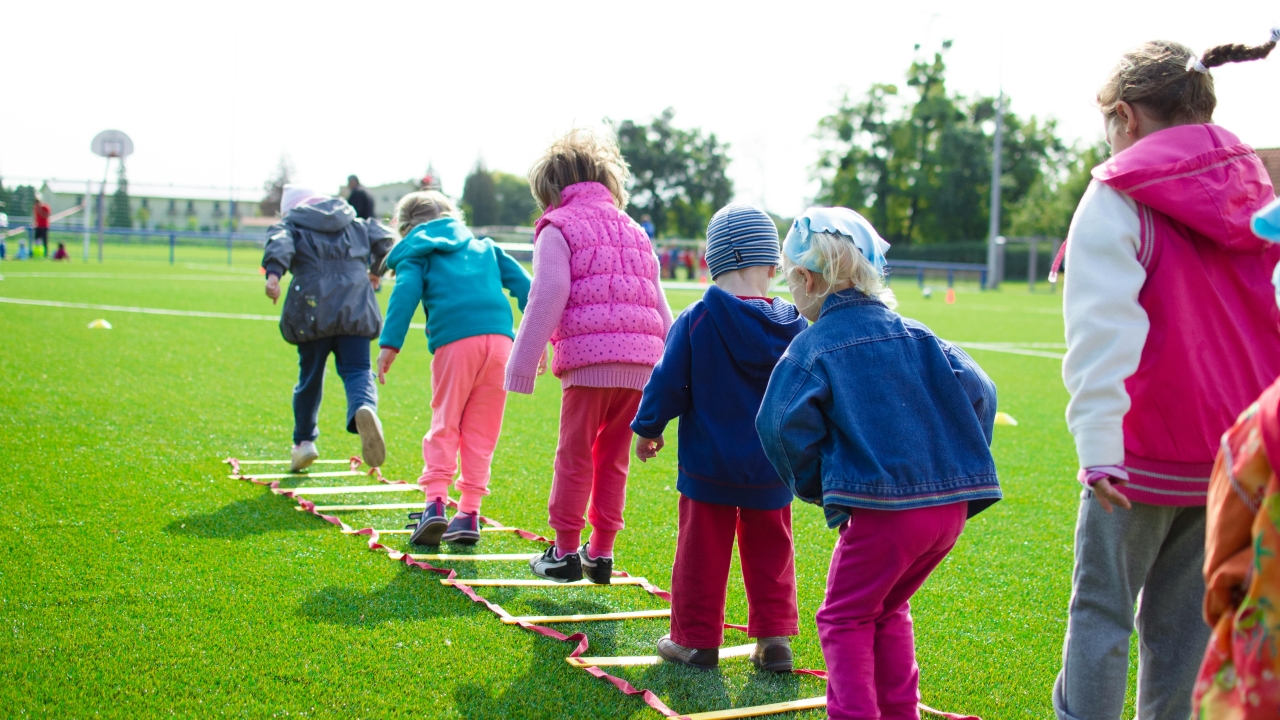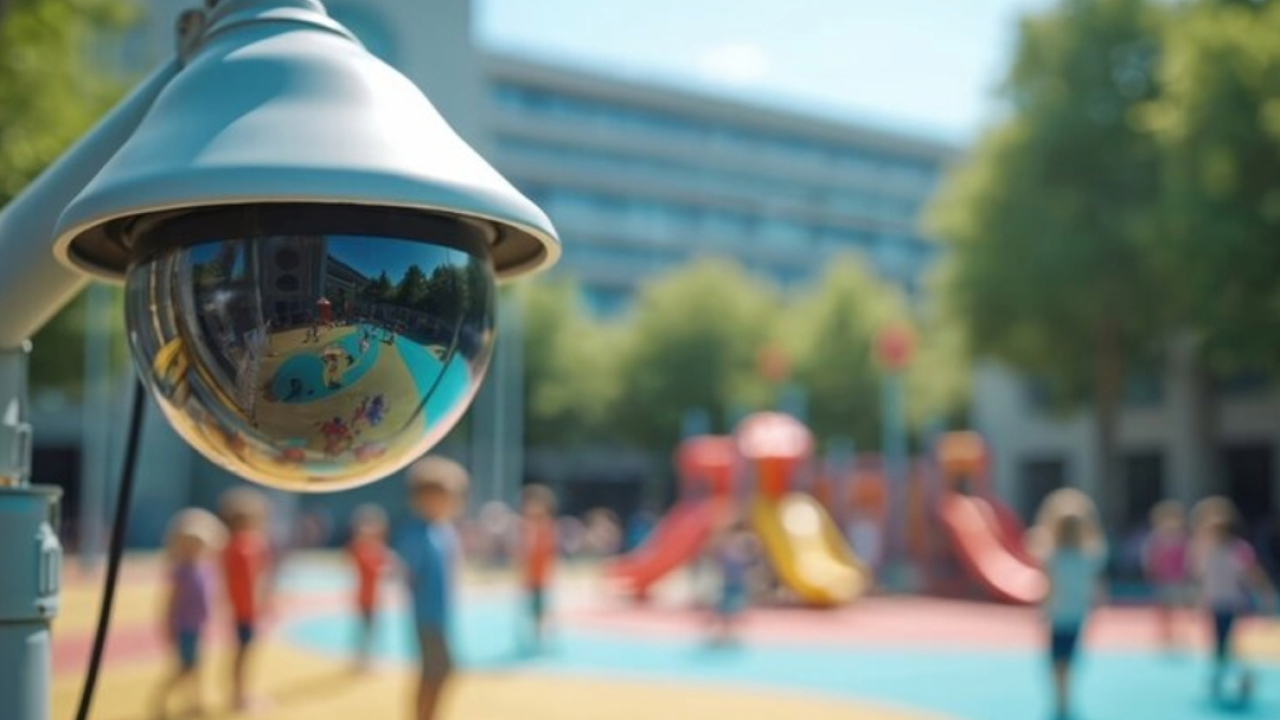Embracing Everyone: How Inclusion Boosts Student Wellbeing

When schools prioritize inclusion, they not only cultivate academic success but also promote the overall well-being of their students. In this article, we'll explore how inclusion contributes to student well-being and its profound impact on individuals as a whole. Let's imagine walking into a classroom that feels like a warm hug – where laughter mixes with the rustle of notebooks and every face holds a story. That's the magic of inclusion, where each student, with their quirks and dreams, feels like they belong.
Imagine walking into a classroom where you feel like you belong – where your differences are celebrated, and your voice is valued. This is the essence of inclusion, and it's a powerful catalyst for student wellbeing. When students feel a sense of belonging, they are more likely to engage in learning, participate in classroom activities, and form positive relationships with their peers and teachers. This sense of belonging serves as a protective factor against feelings of loneliness, isolation, and low self-esteem, laying the foundation for positive mental health and well-being. Inclusion isn't just about desks and textbooks; it's about building a family within four walls. Picture the shy student finally speaking up, their voice cracking but eyes shining with newfound confidence. That's what belonging does – it lights up faces and fills hearts. When students feel like they belong, they don't just learn; they bloom hence, finding a safe place to call home.
In an inclusive classroom, diversity isn't just accepted; it's celebrated like confetti on a joyful day. It's the chatter of different languages, the swirl of varied cultures, and the laughter that knows no boundaries. Inclusion teaches us to see beauty in our differences and find strength in our shared humanity. It's the smile that says, "You're welcome here, just as you are."
In addition, I believe that education isn't just about books and grades; it is a journey, not a competition, it's about the friendships forged in the hallways and the lessons learned on the playground. Inclusive classrooms are like gardens where seeds of empathy and kindness are sown. It's the helping hand when a friend stumbles, the shared laughter during a group project, and the comfort of knowing you're not alone. Together, we learn, we stumble, and we grow. inclusion isn't just about opening doors; it's about building ramps so everyone can enter. It's about ensuring that every student, regardless of their abilities or challenges, has a fair shot at success. Inclusive education isn't a favour; it's a promise – a promise that every child's dreams matter and every voice deserves to be heard.
Inclusion isn't just a word; it's a song – a melody of acceptance, harmony, and love. When we embrace inclusion, we build bridges that span across divides and hearts that beat in rhythm with one another. Let's paint our classrooms with the colours of diversity, let laughter be our language, and let love be our guide. In the end, it's not just about what we teach; it's about the kind of world we want to create – one where everyone belongs, and everyone thrives.
Writtten by: Faiza Mubeen, Director of Inclusion at Beech Hall School Riyadh
Stay up to date
Subscribe to the free GESS Education newsletter and stay updated with the latest insights, trends, and event news every week. Your email address will remain confidential

